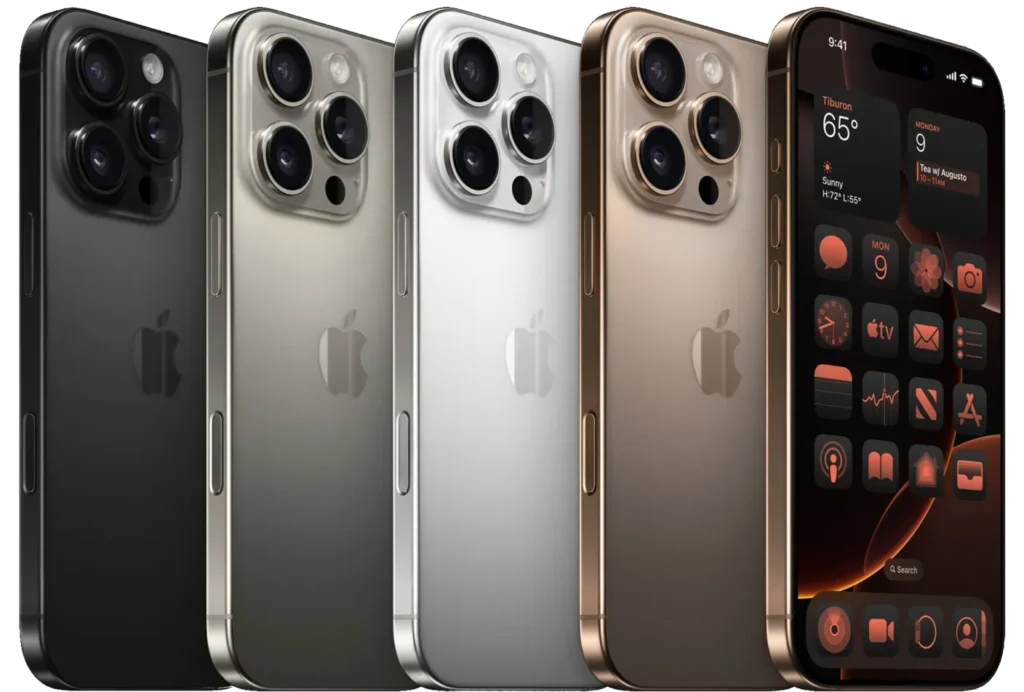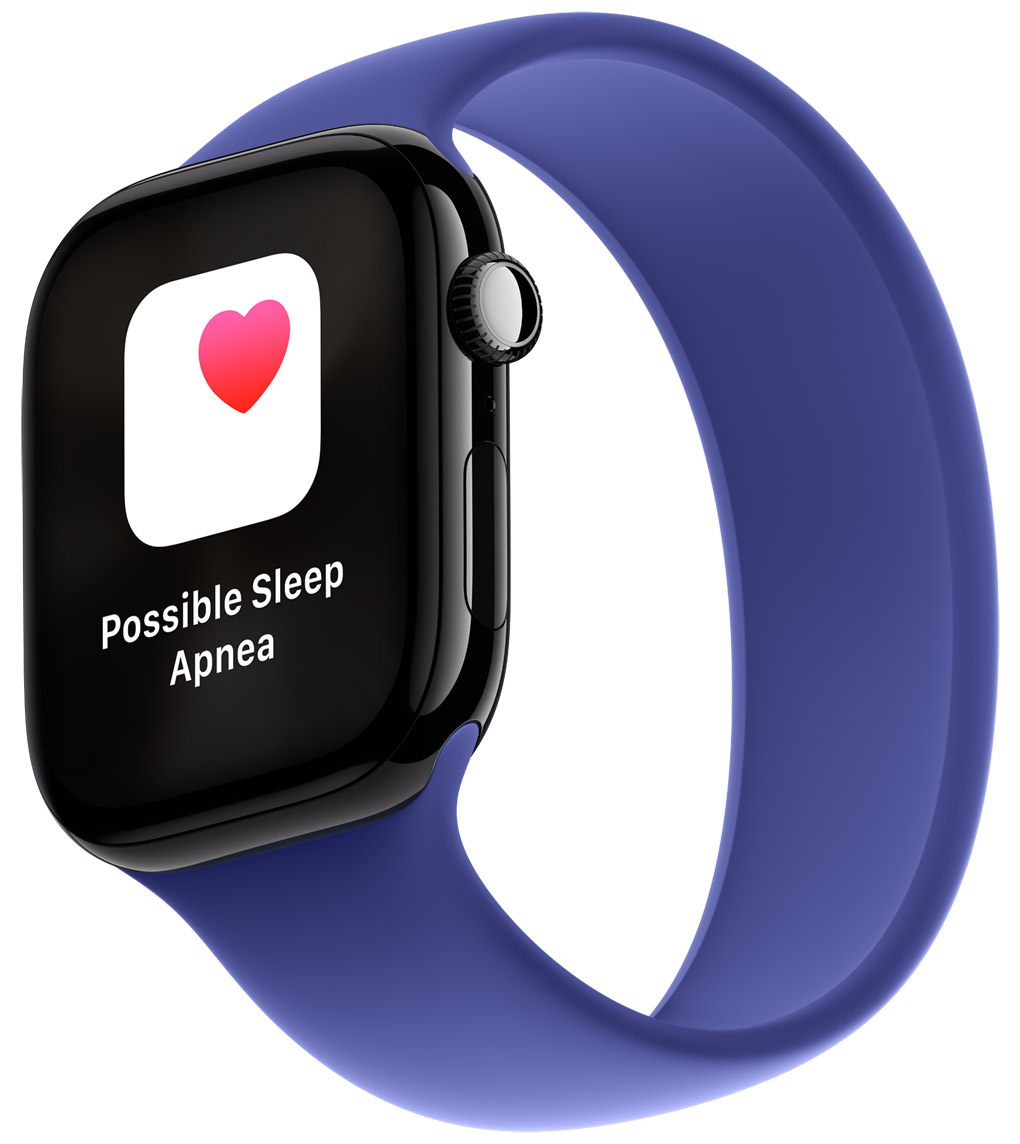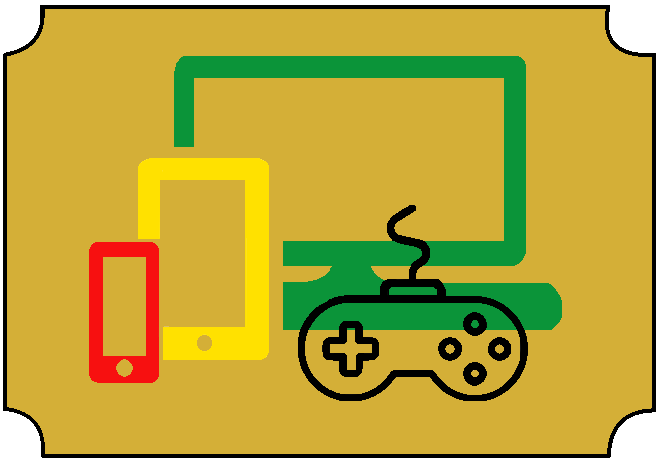Apple, like every other 2024 tech company, has based this event mostly on AI features, but not as much as Google, for instance. This is the first Apple event since the tech company announced Apple Intelligence back in June. On Monday, Apple announced the iPhone 16 series, the Apple Watch Series 10, and AirPods 4. I will mostly focus on the improvements of these devices that weren’t mentioned in June’s WWDC.
Apple Intelligence
Just like other tech companies, Apple featured their latest AI features along with their new phones. Just to be clear, Apple Intelligence is not coming to any Apple product, including the new iPhone 16, until a software update sometime later.
The only new AI feature that they announced that was not in WWDC was Visual Intelligence, which is similar to Google Lens. If you see something that you want to look up, you can press and hold the Camera Control button to take a picture and Visual Intelligence will tell you what it is. It also gives you the option to use Google or ChatGPT to learn more about what is in front of you.
If you want to read more about Apple intelligence, please read my coverage of Apple’s 2024 WWDC event
iPhone 16

Design
The regular iPhone 16 slightly changed the design compared to the iPhone 15. Instead of having two cameras that sit diagonally from each other, they instead sit on top of each other, similar to how Samsung positions their cameras on the S24. They did this in order for this iPhone to record Spatial Videos for the Apple Vision Pro. Apple has also improved the display glass, claiming it is 2 times tougher.
I also love the new colors. Last year, I criticized the washed out colors of the iPhone 15, but this year, the colors are very vibrant. I especially love the Ultramarine color. They also have teal, pink, white, and black colorways available.
The price also stayed the same, with $799 for the iPhone 16 with 128GB and $899 for the iPhone 16 Plus with 128GB.
Performance
Apple finally stopped their trend of using a last generation processor in their flagship phones. Even though I am happy they stopped this trend, I laughed so hard when Apple said that the iPhone 16 leaped two generations of processors, but the new A18 chip is definitely an upgrade compared to the iPhone 15.
Apple claims a 30% CPU and a 40% GPU performance boost compared to the iPhone 15, and a 60% CPU and a 2x GPU performance boost compared to the iPhone 12, which is the phone that Apple is mainly targeting. This allows the iPhone 16 to play the AAA games that were brought to the iPhone 15 Pro, like Resident Evil 7 or Honor of Kings: World. Also like the previous iPhone 15 Pro, the 16 now has hardware accelerated ray tracing. The new iPhone also has a better cooling solution, which Apple claims will provide a 30% higher sustained performance. Apple also added WiFi 7 support.
Based on these percentages, it appears that the A18 and A18 Pro CPU’s are exactly the same in terms of the CPU. According to MacRumors, the A17 Pro received a score of 7199 in Geekbench’s multi-core test, and the A16 received a score of 6367 in the same test. Based on Apple’s claimed 30% performance boost of the A18 compared to the A16, the newer chip should receive a score of 8277. Later in the keynote, Apple claimed the A18 Pro is 15% faster than the A17 Pro, which means the newer chip should receive a score of 8278. Based on these calculations, it appears that the only benefit of the A18 Pro is the one extra GPU core and USB 3 speeds.
This chip is also more efficient than its predecessor and the phone received a larger battery compared to the 15. The new battery life claim is 22 hours of video playback, compared to the 20 hours from its predecessor.
But, while this phone has the USB-C port inherited from the previous generation, this phone also retained the incredibly slow USB 2.0 speeds, which is 10 times slower than any other flagship phone.
(Lack of) Display Improvements
The only new feature of this year’s display is a minimum brightness of 1 nit, which is nice for people who use their phone when it is pitch black, but I am only including this section because Apple still failed to give their new phones a 120Hz. They instead kept this phone at 60Hz, while other phones that are less than $200 have a higher refresh rate. Having a higher refresh rate will make the phone feel smoother.
Cameras
The main camera, which is now called the Fusion camera (for seemingly no reason), of the new iPhone 16 seems to be mostly the same. It is still 48 Megapixels with a 2x zoom option. The camera upgrade this year is the new ultrawides camera, which now has autofocus. This allows the ultrawide camera to capture macrophotography, like getting up close and personal with a mantis.

Apple also added a dedicated camera button, called Camera Control. Apple is not known for adding buttons to their products, they usually take them away, but I do appreciate a quick way to launch the camera, like Android’s double clicking the power button to launch the camera. Once the camera app is open, clicking once will take a photo and holding down the button takes a video. Camera Control is also a capacitive surface and force sensor. This allows the user to lightly press the button, kind of like using a real camera’s shutter button, to bring a camera function, like zoom or exposure, and use the capacitive surface to change that setting.
Apple also added the Action button from the iPhone 15 Pro, which is a customizable button that you can map to many system functions, like turning on the flashlight, or even a shortcut, which unlocks limitless possibilities.
iPhone 16 Pro

Design
Besides the Camera Control button on the side, the new color of Desert Titanium, and the very slightly slimmer bezels, the Pro iPhones look almost exactly the same as the previous generation.
This year’s colors are also similar. The new Pros come in Desert Titanium, Natural Titanium, White Titanium, and Black Titanium. The iPhone 16 Pro starts at $999 for 128GB and the iPhone 16 Pro Max starts at $1199 for 256GB.
Performance
As I stated before, the iPhone 16 and iPhone Pro appear to have the same CPU performance. The only difference is that the Pro gets one extra GPU core and USB 3 speeds. Everything else is the same.
Cameras
The Pro iPhones continue to have three cameras: a 48 Megapixel main camera, a 12 Megapixel 5x Telephoto camera, and a new 48 Megapixel Ultrawide camera. This new camera allows you to take higher quality ultrawide and marco photos.
The last new camera feature is the ability to record at 120 FPS in 4k. This will mainly be used for slow motion videos, if you’re interested in that.
Apple Watch Series 10

Everyone was expecting a big redesign with the Series 10, but all we got was a 10% slimmer body and a bigger screen.
As I said, the screen is bigger, by 1mm, but what Apple is advertising is their new Wide Angle OLED. Apple claims that the screen is 40% brighter when viewed at an angle, which is the most common way to look at a watch. OLEDs are already known for their amazing viewing angles, so I am interested if this will actually make a 40% difference.
Health features are another reason for getting a smartwatch these days. Apple added a depth gauge and water temperature sensor for people participating in watersports or snorkeling. The other health feature is sleep apnea detection, which Apple says impacts more than 1 billion people worldwide, many going undiagnosed. This is also coming to a software update to the Series 9 and Ultra 2, which also got a new black color.
The aluminum Series 10 starts at $399 and comes in silver, rose gold, and jet black, and the titanium watch starts at $699 and comes in natural, gold, and slate.
AirPods
The only thing you need to know about the new AirPods is that instead of being $179, they now start at $129. The only other major difference compared to the AirPods 3 is USB-C, which also came to the AirPods Max.
There is a Noise Cancellation option for the AirPods 4 that costs $179, but I would recommend it until tech reviews verify Apple’s claims. I am skeptical that the Noise Canceling would work because these AirPods do not have a silicone seal, and not having a seal makes it very hard to block out any sound.
The AirPods Pro 2 will also be receiving a software update that allows them to be used as hearing aids. This will make AirPods one of the cheapest hearing aids of the market once the FDA authorizes the feature.

